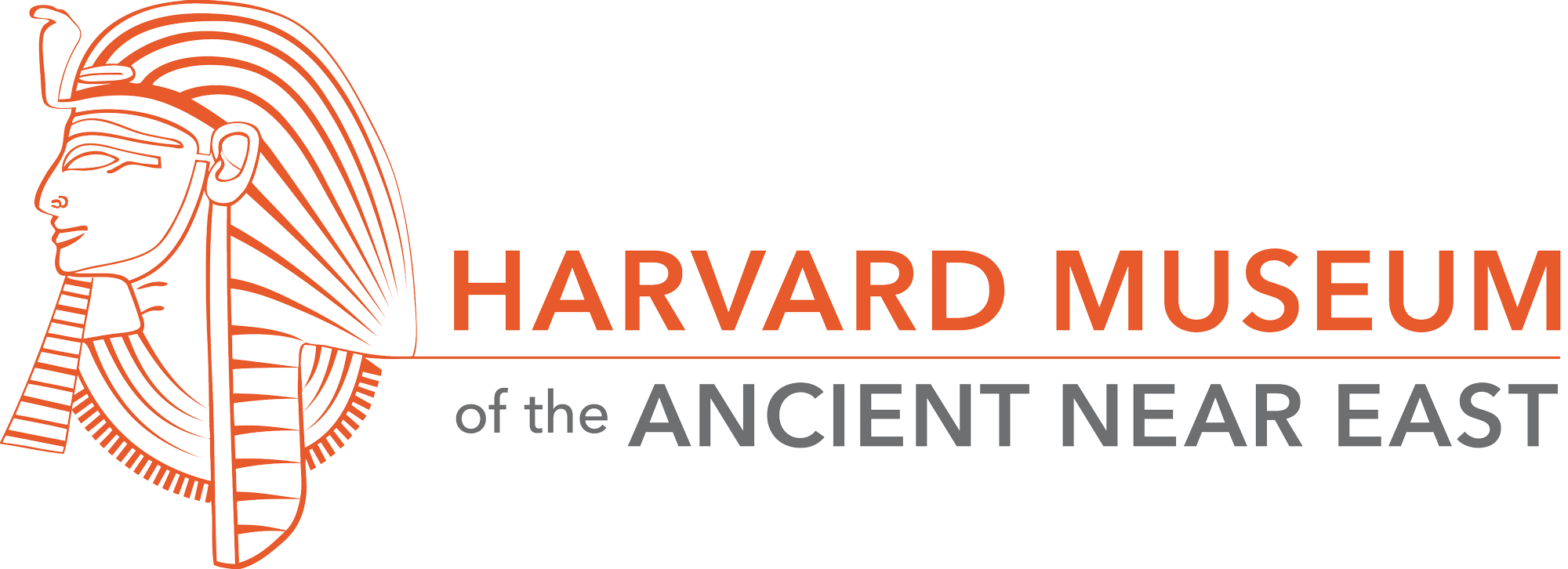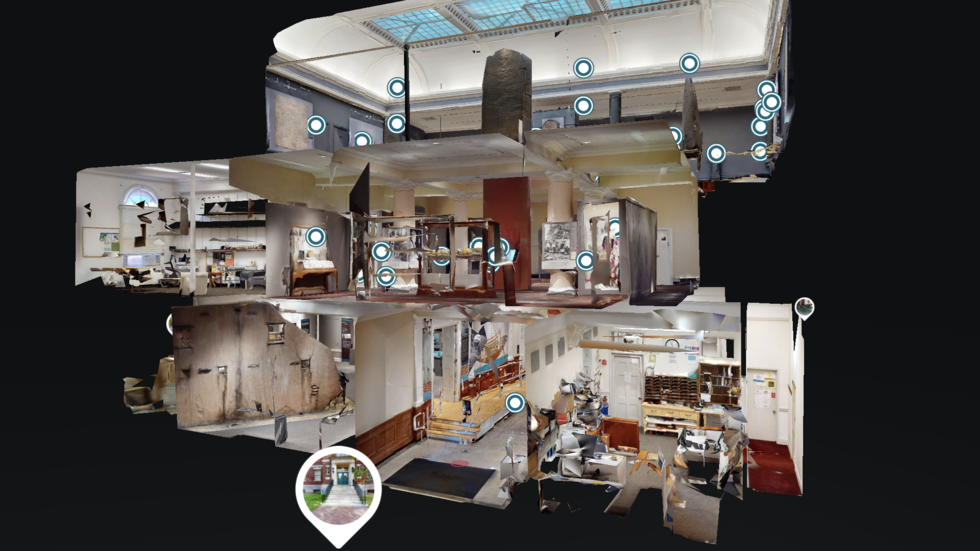Watch a short instructional video about how to use this virtual tour.
Visit
The Harvard Museum of the Ancient Near East is one of the four Harvard Museums of Science & Culture.
Admission: Free
Hours: Sunday–Friday, 11:00am–4:00pm
Closed the following days:
- Wednesday, November 27, 2024 (day before Thanksgiving)
- Thursday, November 28, 2024 (Thanksgiving Day)
- Saturday, December 21, 2024
- Sunday, December 22, 2024
- Monday, December 23, 2024
- Tuesday, December 24, 2024 (Christmas Eve)
- Wednesday, December 25, 2024 (Christmas)
- Wednesday, January 1, 2025 (New Year's Day)
Museum closes early on the following days:
- Tuesday, February 27, 2024 (Third floor closure at 3:00 pm)
- Thursday, March 7, 2024 (at 3:00 pm)
- Tuesday March 26 (at 3:30 pm)
- Tuesday, May 7, 2024 (at 3:00 pm)
New Immersive Augmented Reality Snapchat Filter
Director's Welcome
How to use the Virtual Tour
Recent Publications
- Tel Miqne-Ekron Excavations 1994–1996, Field IV Upper and Field V: The Elite Zone, Part 1: Iron Age IIC Temple Complex 650
- Tel Miqne-Ekron Excavations 1994–1996, Field IV Upper and Field V, The Elite Zone Part 2: Iron Age IIC Temple Complex 650 Sections, Plans and Database
- Ashkelon 9: The Hellenistic Period
3D Models
The museum has created 3D models of some choice objects from its collections. This peg-shaped, stone figurine would have been placed in the foundation of an important structure as it was being built. You can view more of our models here.


